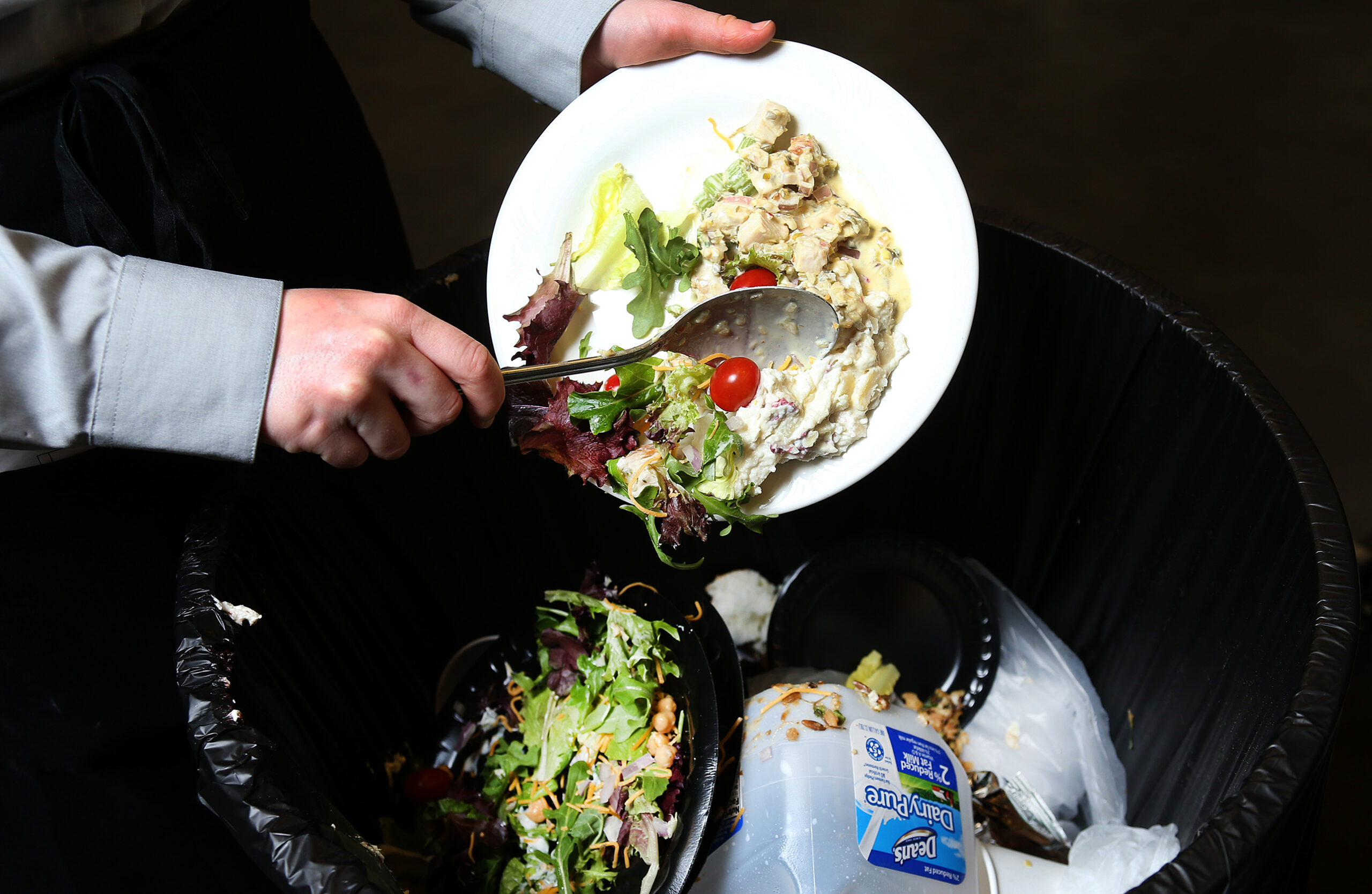UNEP in its report estimated that around 17 percent of the food available to consumers, which amounts to 1.03 billion tonnes, was wasted in homes, retail outlets, and restaurants in the year 2019.
Food is more than just what we eat. In this world of almost eight billion people, food is something that connects everybody. For our existence, we depend on food and need it in order to survive. But in this world of billions, there are millions of people who don’t get enough food to survive and are unable to afford a healthy diet. What if someone tells you that a lot of people are unable to eat enough because you instead of finishing your leftovers, just let them go in dustbins? Feeling bad?
According to a recent Food Waste Index Report 2021, the UN Environment Programme (UNEP) has estimated that around 17 percent of the food available to consumers, which amounts to 1.03 billion tonnes, was wasted in homes, retail outlets, and restaurants in the year 2019. The report also suggests that some food is even lost on the farms and in supply chains, indicating that overall a third of food is never actually eaten.
The report produced by United Nations Environment Programme (UNEP) and WRAP, a non-profit organisation, created a Food Waste Index (FWI) to seek support efforts to halve food waste by 2030. These efforts are being made in order to help billions of people who are badly impacted by hunger and are unable to afford a healthy diet. Apart from these benefits of fair distribution of food resources, the report also pointed that this global food wastage problem is even harming the environment.
Food lost before reaching consumers:
While analysing and modelling over most comprehensive food waste data collection, the study found that almost 61 percent of the waste belongs to household waste while foodservice accounts for 26 percent and retailers account for 13 percent of the waste. With this record, the UN is pushing towards steps that could reduce food waste globally. The researchers are also working towards an assessment of waste that will provide information regarding the food that gets wasted before reaching the consumers.
There are still many countries left whose food waste has yet not been quantified, therefore the scale of the problem is yet not cleared.
According to the report, the issue of food waste was majorly thought of as a problem of rich countries. But this report published by the UN found that the levels of food waste are surprisingly similar in almost all nations and is just not limited to rich countries, though the data is deficient in quantity in poor countries.
Food waste has environmental impacts:
The report estimated that around 8-10 percent of global greenhouse gas emissions are caused due to food that goes wasted. Reducing food waste can help us cut down greenhouse gas emissions, slow the destruction of nature through land conversion and pollution. While less wastage of food will also enhance the availability of food and thus reduce hunger and save money at a time of global recession.
The UNEP Executive Director Inger Andersen said, “If we want to get serious about tackling climate change, nature and biodiversity loss, and pollution and waste, businesses, governments, and citizens around the world have to do their part to reduce food waste.”
Steps to reduce food waste:
As per the report, the UN is planning to expand food waste management programs across the globe, including countries in Africa, Latin America, and Asia. UNEP will also launch regional working groups to aid the capacities of different countries to measure and record food waste in time for the next round of Sustainable Development Goal for reducing food wastage.
It has also been suggested that the food that can’t be consumed by humans can be diverted to animal feed or composting so that unconsumed food can be managed in an environmentally preferable way. Food can be too important and precious to waste.

